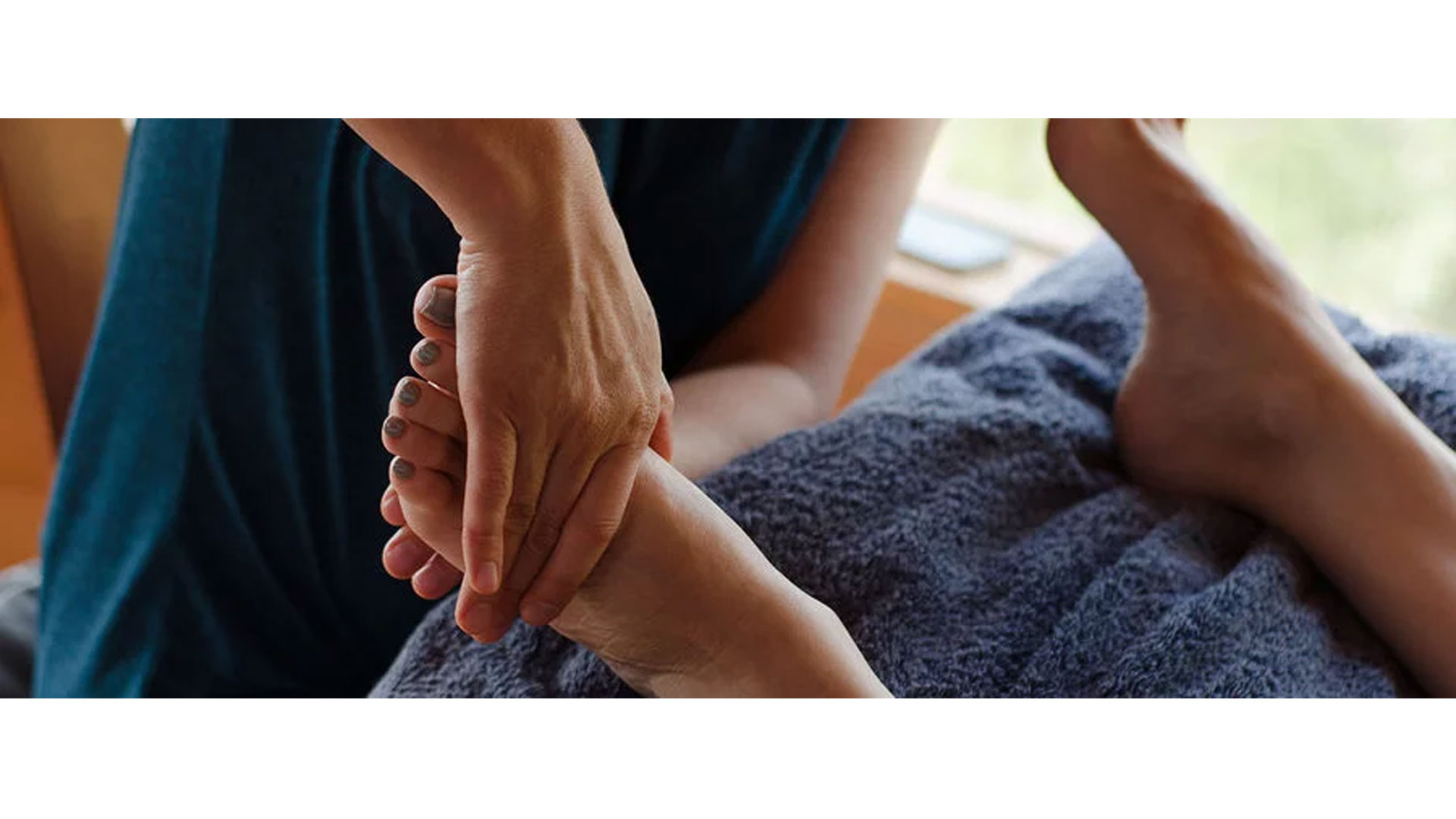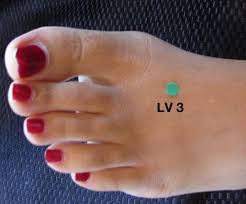
Reflexology is the application of appropriate pressure to specific points and areas on the feet, hands, or ears. Practitioners believe that these reflex points correspond to different body organs and systems and that pressing them has a beneficial effect on the person’s health.
For example, reflexology holds that a specific spot in the arch of the foot corresponds to the bladder. When a reflexology practitioner uses thumbs or fingers to apply appropriate pressure to this area, it may affect bladder functioning.
Although reflexology is not used to diagnose or cure health disorders, millions of people around the world use it to complement other treatments when addressing conditions like anxiety, high blood pressure, asthma, cancer treatment, cardiovascular issues, diabetes, headaches, kidney function, PMS, and sinusitis.
5 Effective Pressure Points For High Blood Pressure:
In traditional Oriental medicine, hypertension or high blood pressure is directly connected to blockages in the Liver meridian; therefore, acupressure can be used as a successful complementary therapy in managing hypertension.
GB 20: GB 20 0r Gallbladder 20 is one of the most dynamic pressure points on the body for lowering blood pressure. GB20 also call the “Wind Pool” is found at the base of the skull on both sides of the vertebra. If you slide your thumbs from the lower skull you will find 2 depressions on either side of the vertebra. You can activate this area by applying medium pressure at the same time for 1 minute or longer while you practice deep breathing.
By stimulating this area you promote a homeostatic state, reducing the fluctuation in high and low blood pressure, and assuage headaches. This area also provides relief from back pain, neck pain, fever and eye problems.
LI 11: Also known as “Large Intestine 11”. This is another area of the body that once activated assists in the lowering of high blood. This area is also known as the “Crooked Pond” and is located on the outside of the elbow where the crease in the elbow end.
To activate this point apply strong pressure for about one minute. Then switch arms and apply strong pressure on the opposite area. By activating this area you lower blood pressure, reduce inflammation, and heat. It is helpful for reducing high fever, treating skin diseases, tennis elbow, arm pain and stiffness, menstrual issues and blood circulation issues.
LI 4: LI4 or “Large Intestine 4” is an exceptionally useful pressure point that is markedly used to treat chronic pain, along with the treatment of high blood pressure, and various diseases. This area is also called the “Union Valley”. Located in the webbing between the forefinger and thumb, stimulating it clears stagnation, calms and clears blood flow over the whole body.
It also aids in boosting immunity, treating toothache, eye problems, fear, rhinitis, skin problems, TMJ problems, sinus and menstrual problems. Pregnant women should not stimulate this point as it can induce labor prematurely.
PC 6: PC 6 or “Pericardium 6” soothes the heart and the circulatory system to function properly. An extremely useful pressure point for lowering blood pressure. Located on the inner arm 3 finger widths from the crease in the wrist, the “Inner Gate” also helps relieve anxiety, nausea, vomiting, motion sickness, chest congestion, asthma, cough, wrist pain, carpal tunnel syndrome, and headaches.
LV 3: LV 3 or “Liver 3” is a vital acupressure point for lowering blood pressure. Hypertension is closely connected to blockages in the liver meridian and stimulating this point helps in clearing the liver meridian. This point is also called the Bigger Rushing, and it is situated on the top of the foot, on the web margin of skin between the big toe and the second toe.
This point can be stimulated by applying pressure to the point using the index finger for 1 minute. It also helps to cure eye problems, menstrual issues, male impotence, nausea, vomiting, indigestion, anxiety, irritability, and insomnia.
Reflexology may be beneficial in restoring balance and harmony in the body and releasing tension. Practitioners believe that it helps facilitate a deep state of relaxation, calm the emotions, and produce a serene mind. Research studies support many of these benefits.
Click Here To Read The Full Article.






